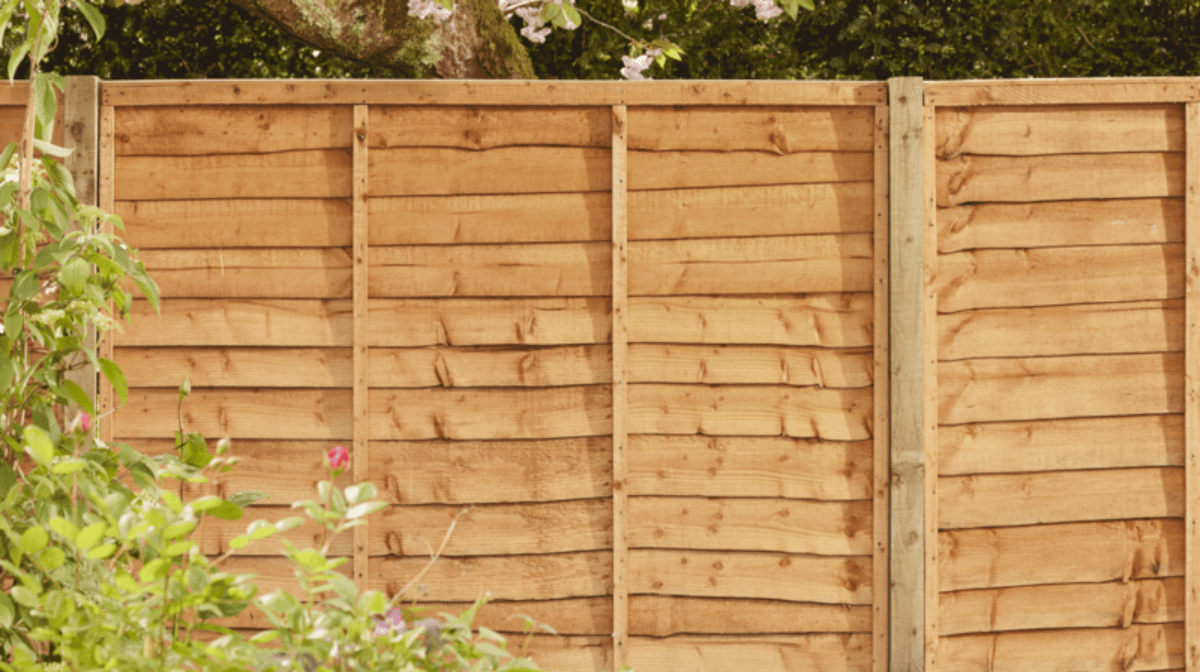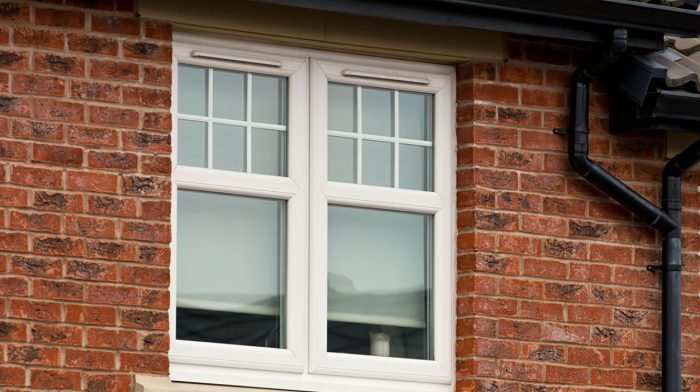How do I know when to replace or repair my fence?
Crucial to undergoing any project is understanding what the problem and desired goal is. For example, if you have a fence panel that’s moderately rotted or a bit wobbly, you can quickly treat or wash mouldy wood or reinforce with a repair spur or arris rails. However, if the damage is severe, we recommend removing and replacing panels and posts as quickly as possible to avoid damaging the rest of your fence.
How to remove a fence panel
With a bit of patience and careful maneuvering, you’ll find that replacing an old part of your fence can be quite simple. Whether a wobbly fence panel or a fence post that’s cracked, your first step should be to assess which panel needs fixing and work from there.
- Using a crowbar, lever back your panel’s side frames until you see the nails holding the panel and posts together.
- Once the nails are in sight, either saw or pull them off or hammer them in. Repeat on both sides.
- Remove the panel and assess whether there’s been any damage to your fence post or posts. From there, get on with repairing or replacing your damaged post.
How to remove and replace a fence post
- Before starting, make sure you’ve detached the fence panels at each side of the post. From there, use a shovel to remove dirt and concrete as well as to dig out your post’s base. Carefully and slowly lift the post, wriggling whenever necessary to loosen it.
- At the time of replacing the post, dig out a post hole (this hole should be at least 450mm for a standard-sized fence post).
- To steady your post when inserting it into the ground, we recommend creating wooden supports from timber. Attach these props at either side of your post once you’ve placed the post into the hole.
- Uneven placement can affect the rest of the installation so be sure to use a spirit level to gauge how vertical your post is!
- To ensure you’re placing your posts evenly, use a line between the top and bottom of the posts. The reason to do this is to visualise more clearly where you’re placing your fence panels.
If fixing more than one post, simply repeat these steps. Once complete, you can get started on erecting the panels.
Replacing a panel after repairing your fence posts
Whether you’re using nails or fence clips, here are the steps you should follow to effectively erect a panel:
If using fence clips: simply attach to sides of your posts by screwing them in with a drill.
If using nails:
- Use a measuring tape to evenly mark out with a pencil where your nails will go on the panel. With a drill, make pilot holes where you’ve marked your panel.
- As mentioned before, even placement is crucial so check constantly how horizontal your panels are by placing a spirit level at the top. If level, hammer your nail into your first pilot hole. Repeat until all nails have been hammered in.
- Once you’ve secured your panels, it’s time to pour some concrete into your fence post holes. Mix your concrete according to the manufacturer’s instructions. After pouring the concrete, smoothen out the surface and wait for it to dry.
And there you have it! Follow this guide whenever your fence needs some reworking. And, if after repairing your fence you’re keen to get started on another project, head to our Ideas & Advice page where you can discover which fence paint colours make your garden look bigger or how to paint a feature fence.










